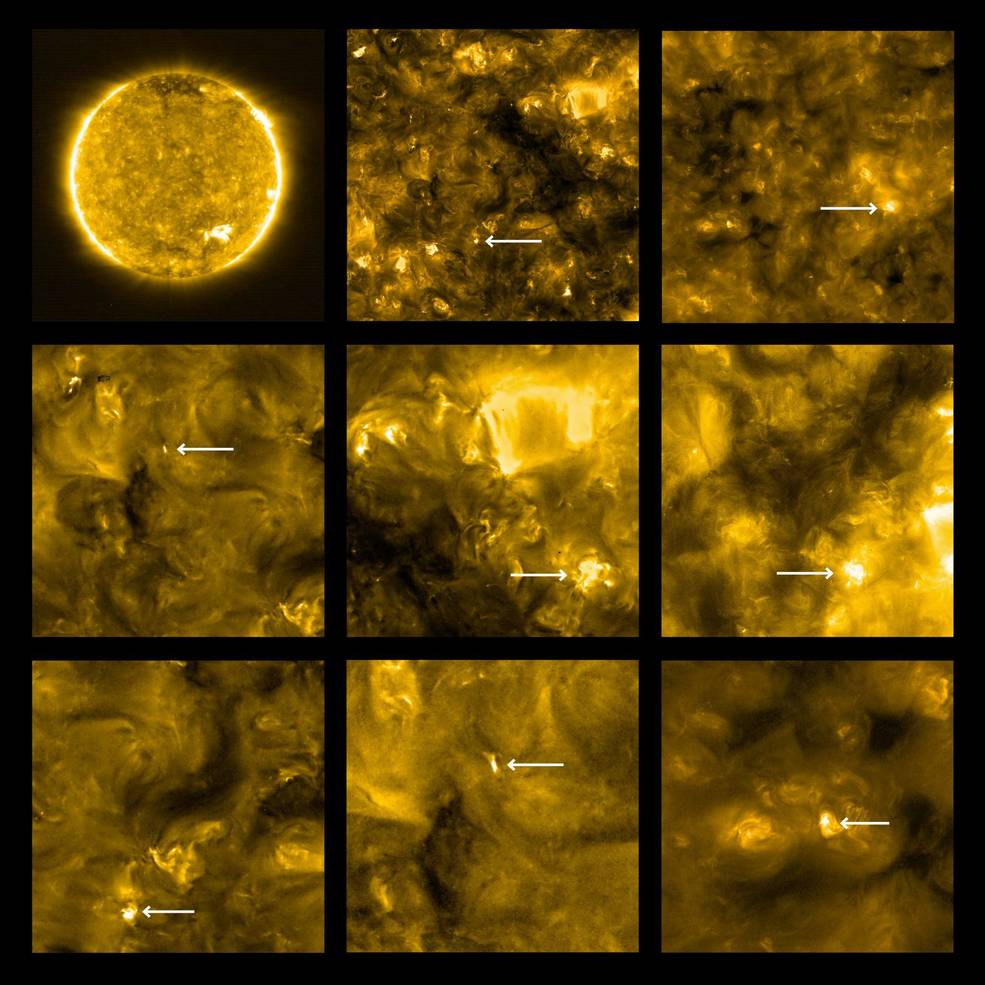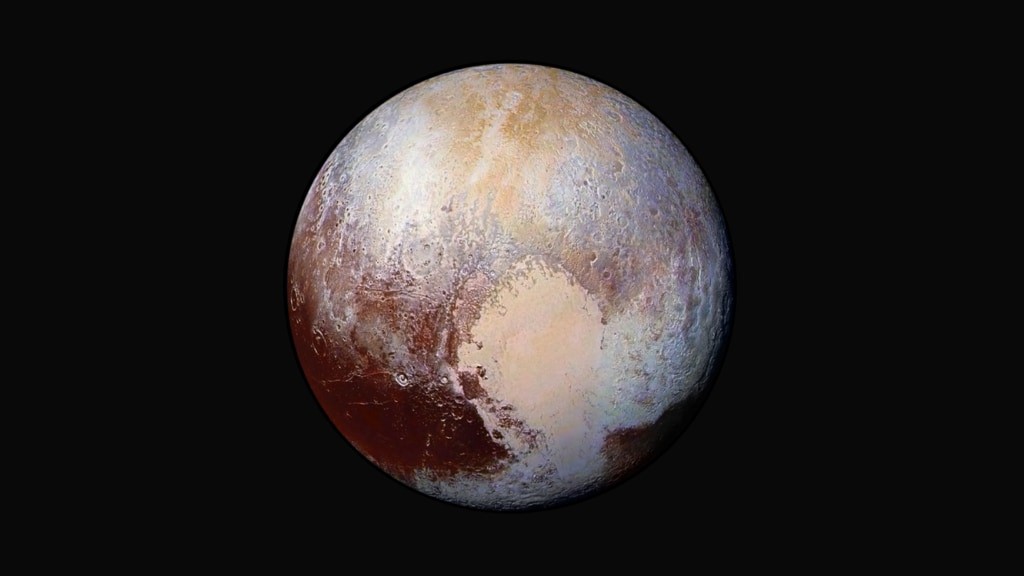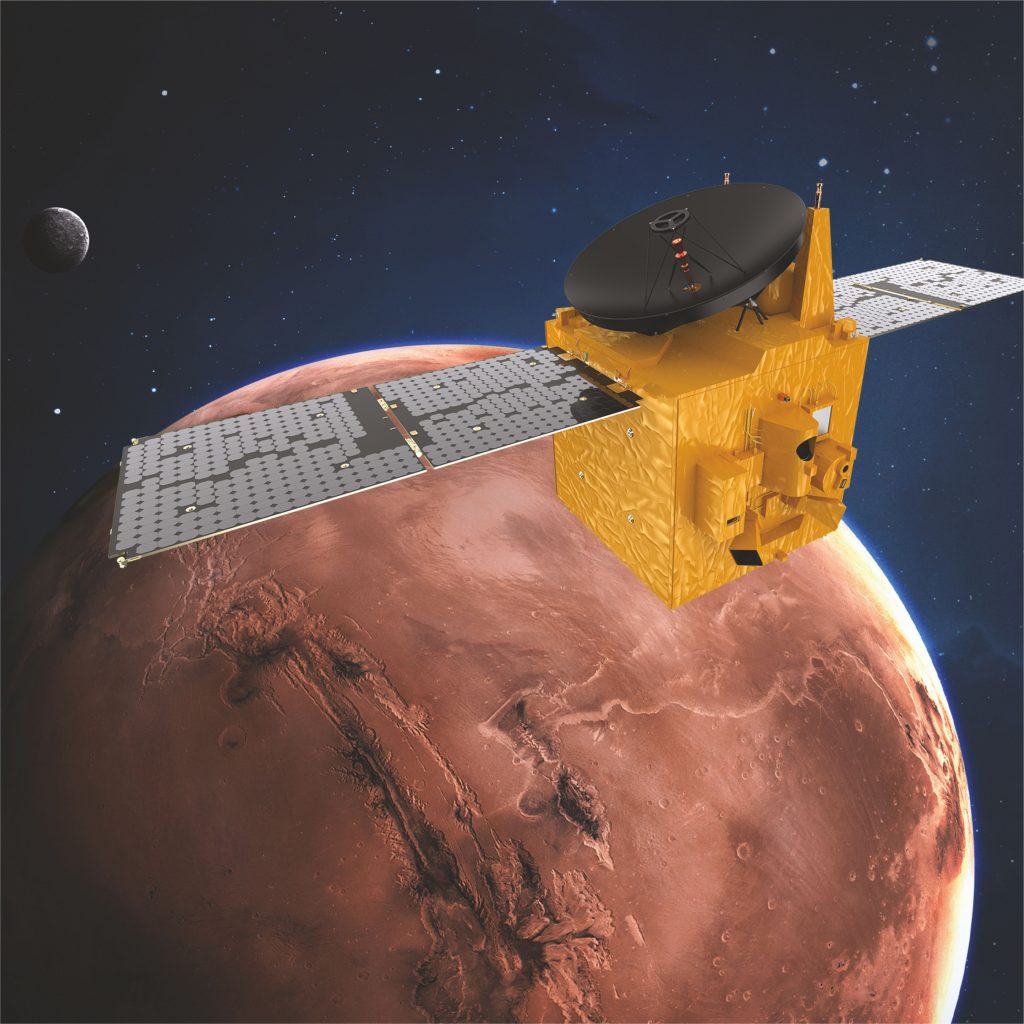Media
Transcript
It feels like a thousand spacecraft are all crying out for attention, and today’s episode has, quite by chance, become a round-up of what our favorite robotic explorers are up to.
This morning, the European Space Agency and NASA released the first round of images from Solar Orbiter. Launched on February 10, this mission took a fast path to the Sun and is now sending back images from closer to the sun than any mission that has come before.
Solar Orbiter is one of two missions currently flying near the Sun. Working in collaboration with the Parker Solar Probe, which launched in 2018, these two missions are studying the details of our Sun’s magnetic fields and atmosphere as well as the temperature structure of its outermost layers.
In today’s image release, the team operating Solar Orbiter discussed the challenges they’ve had working to operate a mission with ten scientific instruments when most of the team has to work from home. To see them succeed and also have early science results is really a testament to this team’s ability to collaborate over the internet, and it’s an argument for allowing folks to keep working from home if they want to when and if things ever get back to normal.

Their images caught a previously predicted phenomenon called “campfires”. According to David Berghmans, principal investigator of the EUI high-res imager: The campfires are little relatives of the solar flares that we can observe from Earth, million or billion times smaller. The Sun might look quiet at first glance, but when we look in detail, we can see those miniature flares everywhere we look.”
More data is still needed to understand the temperature profile of the campfires, and that data will be coming in the future from the SPICE instrument. When we have the results, we’ll bring them to you here on the Daily Space.
Solar Orbiter isn’t the only mission on the move.
On the fifth anniversary of its historic flyby of Pluto, the New Horizons mission is looking back on its greatest discoveries while it looks ahead to its next encounter.
Prior to this mission, our best images of Pluto came from Hubble, and it saw Pluto as nothing more than a smudge a few pixels across. With New Horizons’ high-resolution mapping of one side of Pluto and medium resolution imaging of the entire world, we find ourselves drowning in new ideas about this icy world.
Here are the ten facts Pluto scientists find the most amazing:

- Pluto has a “heart,” and it drives activity on the planet
- There’s probably a vast, liquid, water ocean sloshing beneath Pluto’s surface
- Pluto may still be tectonically active because that ocean is still liquid
- Pluto was — and still may be — volcanically active
- Glaciers cut across Pluto’s surface even today, and they’ve done so for billions of years
- Pluto has heat convection cells on its giant glacier Sputnik
- Pluto has a literal beating “heart” that controls its atmosphere and climate
- Pluto has dunes
- Pluto and Charon have almost no little craters, and that has some big implications
- Charon had a volcanic past, and it could be key to understanding other icy worlds
The New Horizons spacecraft is still healthy and has some fuel remaining that can be used to direct it near yet another Kuiper Belt Object (KBO), but for that to happen, scientists need to find one with an orbit that gets it close enough to New Horizons’ path that a flyby is possible. Space is mostly empty, and finding the next new target is an ongoing process. Currently, an international team is using the Subaru Telescope in Hawaii to search for just the right KBO, and we here at the Daily Space wish them all the luck in the solar system.
Missions to other worlds can take decades to plan and more months or even years to travel to their target. Unfortunately, to get to their destinations, these missions have to launch when the planets are correctly aligned so they can best take advantage of our Earth’s motion as well as gravitational assists from other worlds and then get to their destination when it is at just the right place in its orbit. Mars is close enough to our orbit that we see the right alignments about every eighteen months, and right now, Earth and Mars are perfectly placed for a launch. Originally, there were going to be major missions from both NASA and the ESA, as well as missions from new countries, including the United Arab Emirates (UAE).

But Space is Hard (TM). ESA has had to postpone its Rosalind Franklin rover until the next launch window, and the NASA Perseverance rover is going to potentially launch outside the ideal window due to various issues with the rocket and doesn’t yet have a launch date set.
On schedule and ready to go, however, is that UAE mission: their first interplanetary mission and the first such mission from any Arabic speaking country. Called Al Amal, which translates to “hope”, their orbiter will study Mars’ atmosphere in detail, adding to the dataset started by NASA’s Mars MAVEN orbiter. This mission is set to launch sometime this month from Japan on an H-IIA. If we can, we’ll bring you this launch live on Twitch.
Learn More
Solar Orbiter’s First Images Reveal “Campfires” on the Sun
- European Space Agency press release
- NASA press release
- UK Space Agency press release
- NASA media advisory (July 13)
Subaru Telescope and New Horizons Explore the Outer Solar System
Emirates Mars Mission to Launch with ASU-Designed Instrument
Credits
Written by Pamela Gay
Hosted by Pamela Gay
Audio and Video Editing by Ally Pelphrey
Content Editing by Beth Johnson
Intro and Outro music by Kevin MacLeod, https://incompetech.com/music/


 We record most shows live, on Twitch. Follow us today to get alerts when we go live.
We record most shows live, on Twitch. Follow us today to get alerts when we go live.